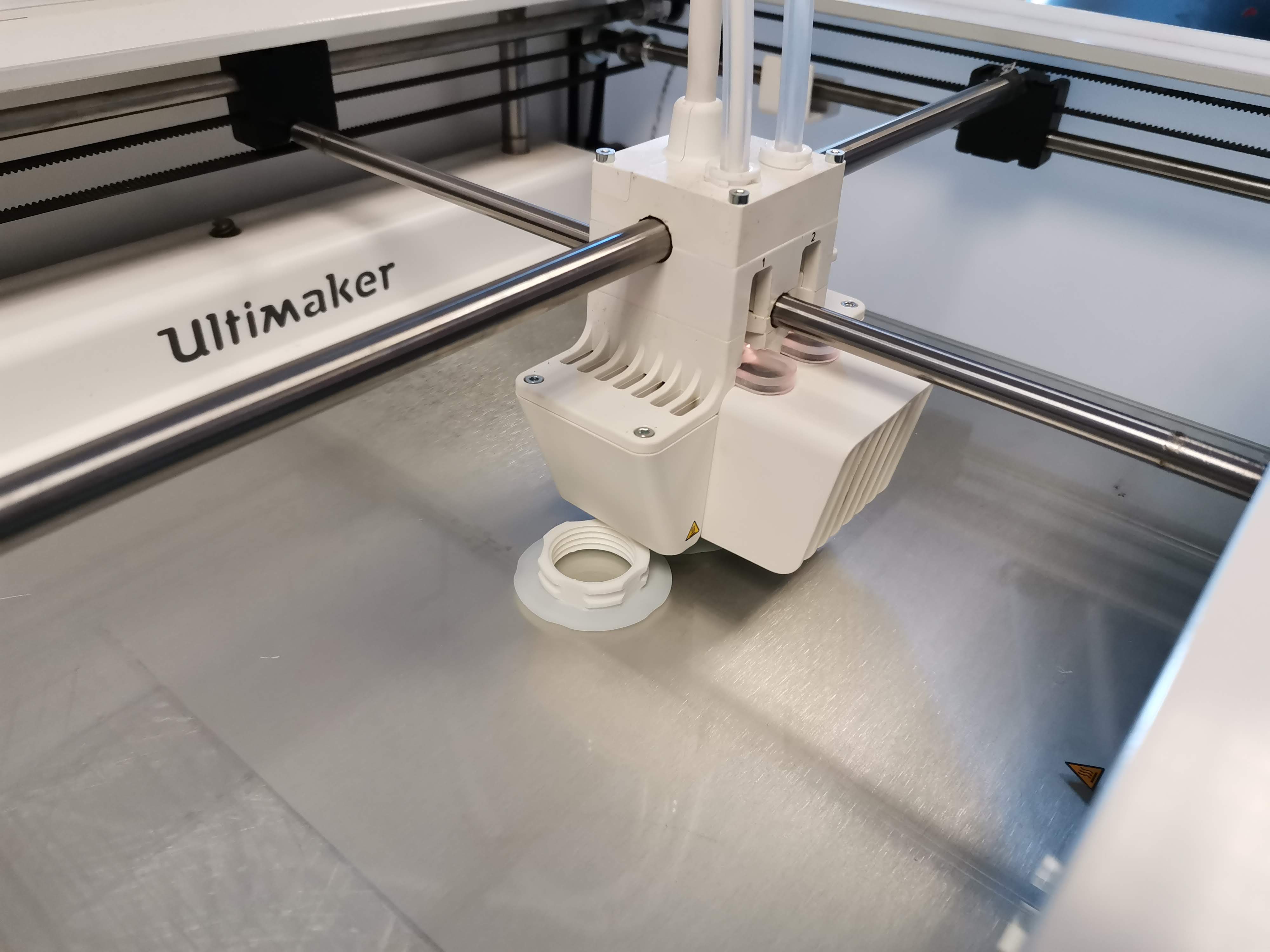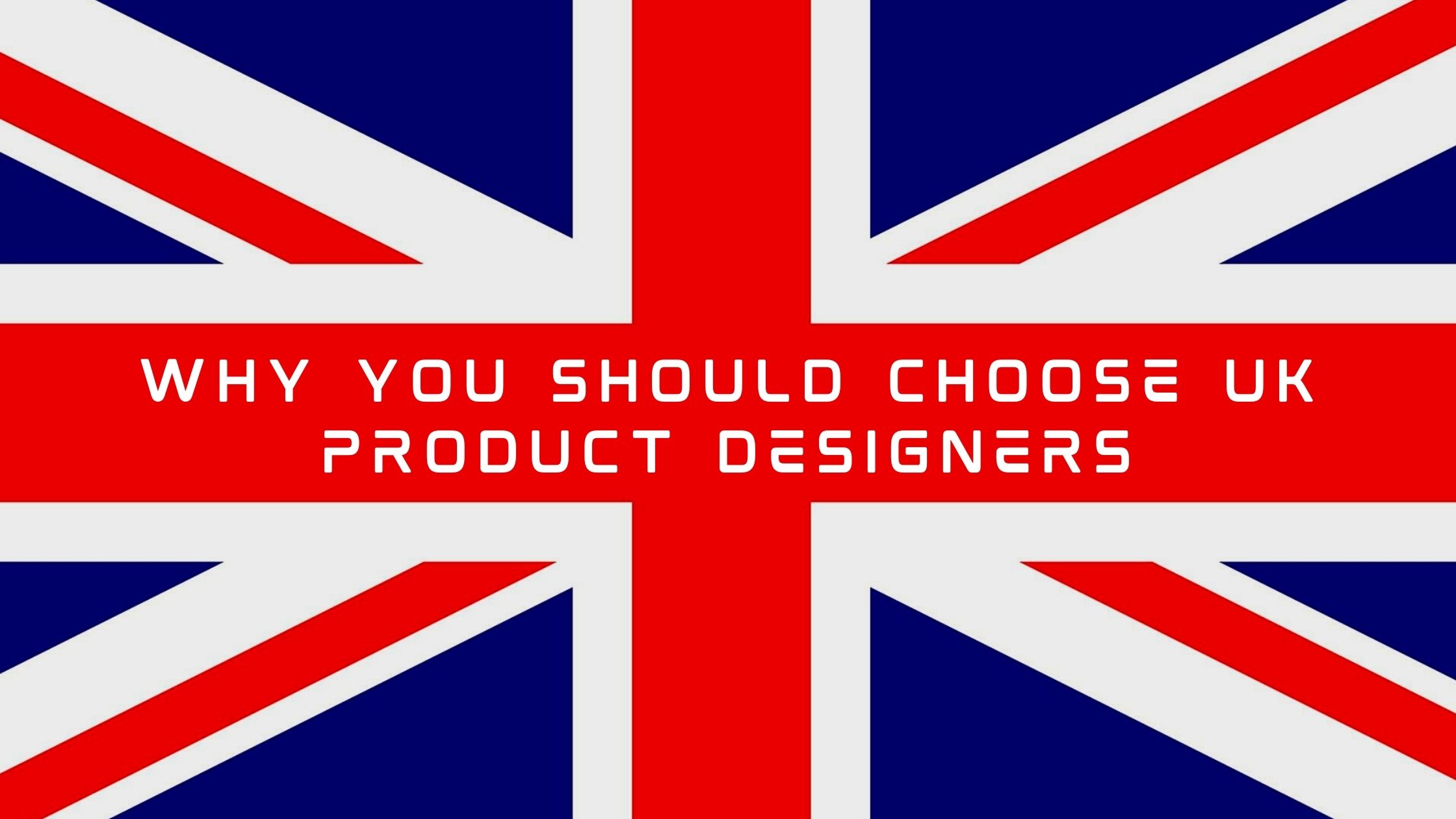Call Us: 01702 292984 Email Us: info@cube3productdesign.co.uk

We are feeling very proud because our design for a new kind of tape measure has won the Charles Godfrey top product award at professional builder. We had lots of previous experience designing tape measures, so it was an easy decision for Gatortape to engage with Cube3 to design their innovative new tape measure. The brief was clear. We want the most accurate, easiest to use, robust and reliable tape measure for internal measurement on the market. Cube3 carried out all aspects of the design from concepts to test rigs, liaising with manufacturing partners and ultimately delivering a class winnng product.
The Gatortape is now the most accurate product on the market and is perfect for measuring up for blinds, windows, curtains, shelving in alcoves etc.It also works perfectly well as a normal tape measure, perfect for DIYers or professionals alike.
If you have an idea for a product that you want to develop, get in touch on our contact page or call the number above.
https://probuildermag.co.uk/features/top-product-awards-2022

The Oxford Dictionary defines innovation as ‘introducing something new’. In professional product development, innovation is achieved through a structured process where raw ideas are carefully and systematically developed into a tangible product.
To be successful, your business must innovate. How many thriving businesses do you see that are still doing what they did 20 years ago? Not many we bet! That’s because the world is unpredictable and changes quickly, so businesses must keep up to meet these new demands and challenges; They must innovate or die!
Take a look at any market sector and you will see innovation. Telecoms, music and film, consumer shopping, takeaway food, banking, and cars – to name just a few. Look at how the landscape for these sectors has changed in the last 20 years and you’ll see that the rate of change is continually accelerating.
Markets are no longer stable, consumers are fickle, and your competitors are targeting your share of the market right now. You need to innovate your products and services now or spend the same amount of time, money and effort playing catch up after your competitors do it first.
The definition of Innovation is the multi-stage process whereby organisations transform ideas into new/improved products, services or processes, to advance, compete and differentiate themselves successfully in their marketplace.
Innovation is distinguishable from creativity by its emphasis on the implementation of creative ideas in an economic setting. In other words, innovation is the coming together of creativity, market need and business viability.
Innovation is about looking at your products and services and asking how they can be changed to better meet the needs of your customers whilst giving you a competitive edge. Innovation is not copying what a competitor is doing – that’s just playing catch-up. Instead, invention creates new ideas, but innovation turns those ideas into tangible, marketable products that give your company competitive advantage.
There are different types of innovation. Here’s a few of the key types below to help you understand the different ways in which you can innovate:
This type of innovation is where a start-up or small company identifies a niche consumer base whose needs are not being fulfilled by the current suppliers as they are considered low profit customers. A product or service is created that meets their needs. The product offering is then expanded upon to match the needs of the high profit customers.
This is where a new market/consumer is created where one didn’t previously exist. This is not through a technological breakthrough but by creating a new kind of product or service using existing technologies. An example of this would be the home inkjet printer. Commercial printers were available for 20 years but did not serve home users. Hewlett-Packard created the first Deskjet printer targeted for home use and created a new consumer/market.
Incremental is about making continual improvements to your products to keep ahead of the competition. A great example company that does this is Gillette. They have continually added extra blades and features to their razor products, raising their perceived desirability and value.
This is where a technological breakthrough creates a new market or transforms an existing one. The obvious example here would be the introduction of the iPhone by Apple.
This type of innovation is about keeping pace with technological improvements and evolving feature requirements to continually improve product performance. Typically, this happens in highly demanding consumer markets. Imagine if Apple released their first iPhone and then decided not to create a version 2! They would have been pushed out of the market very quickly.
This is where a company sees another application for an existing technology which often creates a new market, so somewhat disruptive too. It is about reconfiguring products with specific technology to create new products. A great example of this would be taking a smartphone and creating a smart watch.
As you can see, there are a lot of different kinds of innovation, and we haven’t even discussed innovating the structure of how your company does business. Perhaps your business is losing market share with your current product offerings or maybe you have an idea for a new product but can’t see how to go about developing it innovatively; there is help out there.
If you are a start-up or existing company with products and services, you must innovate to stay competitive. Talking to a product design consultancy is a great way to find out how you can innovate more within your company so why not get in touch and let’s see if we can help you to be more innovative.

The term ‘blue sky thinking’ may be dismissed as “one of those business buzz-phrases,” but it is in fact a very useful technique in the pursuit of fresh ideas, innovation and problem solving. At its heart, blue sky thinking is all about stimulating creative ideas without limitations being imposed on them - at least not initially.
In blue sky thinking, you are literally of the mindset ‘the sky’s the limit’ so encouraging creative thought: the Collins dictionary defines the term as ‘creative ideas that are not limited by current thinking or beliefs.’
When trying to think of ideas to perhaps create a new product, write something original or problem solve, we often automatically limit and qualify them before they’ve even had a chance to ‘take flight’. The risk here is, while an idea may well need refining and some logic applied to it in time, it can be snuffed out prematurely if limiting thoughts are applied too early.
Thoughts such as “that’s ridiculous” or “that would never work” or “far too expensive” or “no-one would like it” can crowd in as part of the general way we filter creative thoughts and ideas. The ‘blue sky’ approach is to free our minds of limitation so as to let ideas flow - even to the point of applying some so-called ‘wacky’ thought to them.
For instance, an idea for a product might surface and you might say “what would happen if this was in space?” or “how would we market this with an unlimited budget?” or similar. These questions might sound daft, but they can free the mind wonderfully and, from this way of thinking, valuable nuggets can be mined.
A classic example of blue sky thinking in action is Apple: their slogan ‘think differently’ sums up how they have founded their success. Their founder, the late Steve Jobs, was full of innovation and ideas based on thinking with a vision not initially limited by commercial or logistical considerations.
He ‘did’ the unfettered blue sky thinking, and his design experts brought it about in the products that Apple have founded their success on. Indeed, Apple re-invented itself from a computer maker to more of an all-round electronics company, and now make most of their considerable sales in mobile tech.
Imagine if limiting thought dominated the process when Steve Jobs was blue sky thinking about the mobile phone market? He would have been warned that the market was ultra-competitive, dominated (at the time) by companies such as Nokia and Sony Ericsson, so how could a non-mobile name like Apple get a foothold in that seemingly ‘sewn up’ space?
The rest is history: the iPhone is now the biggest selling smartphone in the world. It’s not too dramatic to say that, if Jobs had listened to naysayers, the iPhone might never have come into being.
Children are classic blue-sky thinkers: when playing they have no limits and are constantly thinking without limitation until, unfortunately and perhaps inevitably, it wanes and perhaps stops altogether as they grow a little older and ‘self-edit’ so applying limitations often disguised as logic to situations.
Coming up with ideas isn’t easy - and even tougher when there are deadlines - so it’s important to go and get ideas as opposed to hoping inspiration will strike.
Blue sky thinking is actually a structured part of proactive ideas generation: allowing ideas to appear and evolve without applying limiting thoughts so that the chances of finding at least one that ‘works’ are increased.
Once the blue-sky thinking phase is through then comes evaluation - but not before.
So far from being a ‘business buzz phrase’ blue sky thinking is a valuable technique that can significantly enhance commercial success.

How useful is an Ultimaker S5 with material station?
Well, pretty damn good! It allows us to print in different materials with different support material if required with little or no set up. We run two glass build plates so as soon as one print finishes, we remove the model and build plate, replace with a clean one and it's ready for someone else to use right away. We even use it remotely from home by connecting remotely with our office computers and sending prints direct to the printer.
3D printing is not perfect and there are always issues. For a larger more complex print we always ensure someone is on hand to check that all is well for the first hour or so just in case there is a problem. We had to replace the print head once after a catastrophic disaster where a large complex build lost adhesion to the build plate quite early on and ended up turning the print head into a giant ball of plastic! Lesson learnt!
Some materials are not possible to run through the material station. We have failed to reliably print in TPU as the route from spool to print head is too torturous for the soft material and it gets stuck! Polyprop is currently working reliably but we have similar issues.
Ultimately, the purpose of the Ultimaker S5 was to give us an easy to use, reliable print solution in house to allow us to print development ideas as and when we need them. We rarely use it to print customer facing prototypes unless they are for functional demonstration only. The Ultimaker S5 has turned out to be a valuable addition to the development team and we could not continue without it. We still have much to learn about using it and would like to explore interesting materials as well as innovative ways to use it.

Much of what we buy is manufactured abroad, predominantly in China. This is usually cost driven. If it is cheaper to manufacture offshore, then would it not be cheaper to design and develop your product where it is going to be manufactured? Well, yes; potential vendors will offer design at a reduced rate or for free as part of the manufacturing contract. A tempting win for both sides? Actually, this approach is fraught with risk. Here’s why:
The design of your product could be compromised. Offshoring risks communication problems; no common language and mismatched time zones are barriers to clear and quick exchange of information. A lack of understanding of your market, customer and associated regulatory requirements could also impact your product resulting in sales and profits that never reach their full potential.
Where design is included as part of manufacture then the development of your product becomes an overhead to be minimised. Less value is attached to the importance of spending the time to get it right for the long-term success. If the design resource is hidden behind a manufacturer, then quality and track record are difficult to determine and there may be no alternatives on offer.
There is also the concern that your design data gets into the wrong hands with a copy of your product appearing shortly after your product is launched. Even with intellectual property protection in place, any dispute will take time and money to resolve and will come with inherent communication problems.
So, there are downsides to overseas product development but what about UK-based product design? To start with the UK has a world-class creative sector. It delivers inherent strategic and commercial benefits leading to business growth. This is possible because the UK is at the forefront of design education. This feeds into a large, diverse and effective product design sector. There will be a match for your product development needs.
UK design works in the global marketplace so if you market is in the UK, EU or worldwide then there will be the experience to deliver the right product. UK or overseas manufacture can be managed effectively with reliable and trusted vendors recommended, problems anticipated and avoided.
There are more basic advantages: You and your design company share the same language and working hours, so communication is easy and responsive. Meetings are easy to arrange and there are no cultural misunderstandings.
Product design is going to be a small proportion of the total cost to market but investing in UK design to get it right dramatically reduces the risk and expense of developing and manufacturing the wrong product. UK design is ideally placed to deliver the right product for your market.